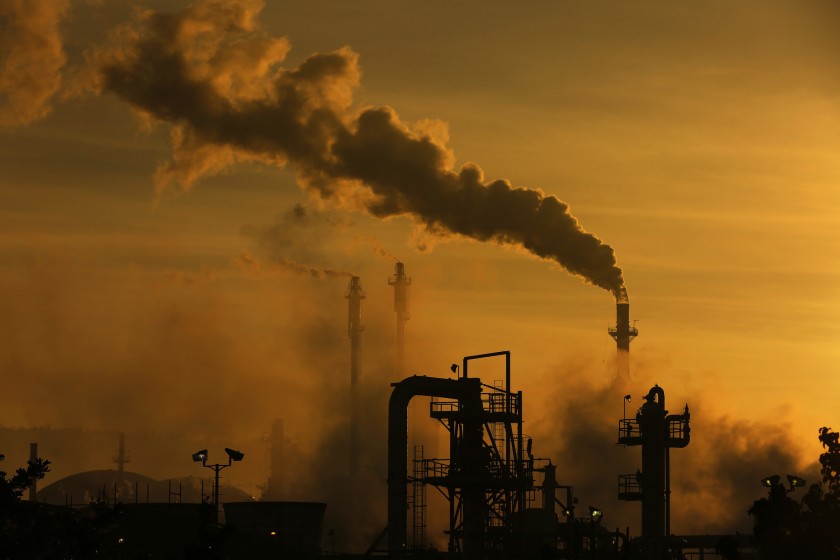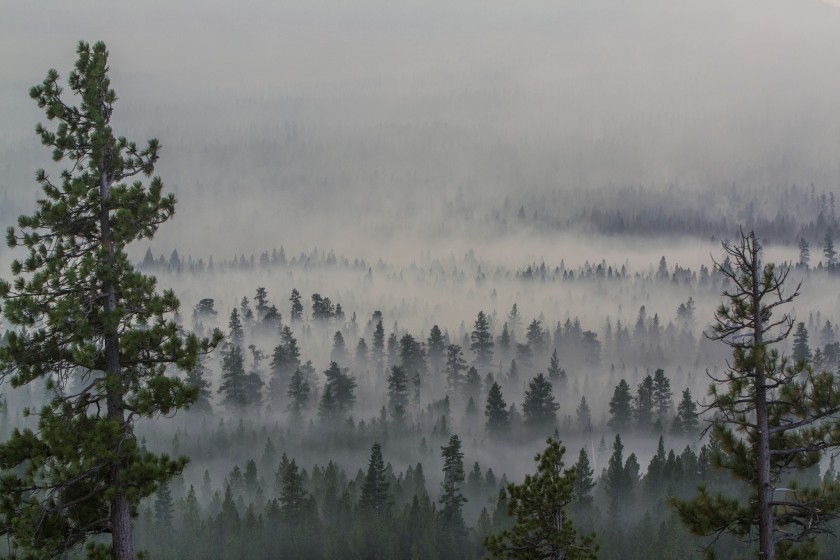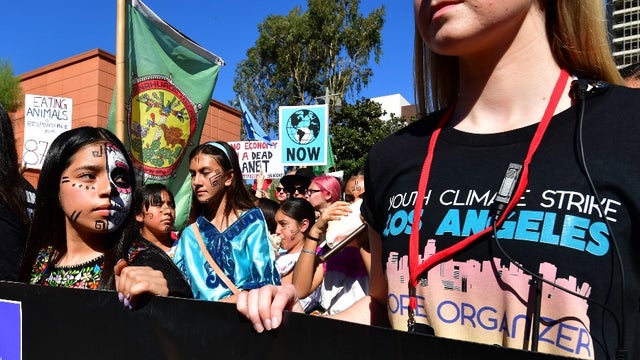A refinery in the Wilmington neighborhood of Los Angeles is among the facilities regulated under California’s cap-and-trade program to reduce greenhouse gas emissions. California’s greenhouse gas emissions rose slightly in 2018 due largely to lower hydroelectric power use, according to a report released Monday by the state Air Resources Board. The state emitted the equivalent of 425 million metric tons of carbon dioxide in 2018, about 1 million more than in 2017, the Air Resources Board inventory found .
Pollution overall remained well below the state’s 2020 climate target of 431 million metric tons, which the state hit four years early, in 2016 . But the uneven progress underscores the challenge California faces as it pursues the more ambitious goal of slashing planet-warming greenhouse gas emissions another 40% by 2030. The uptick in 2018 was mostly due to a decrease in the use of hydroelectric power resulting from lower precipitation in the winter of 2017-18, said Dave Clegern, an Air Resources Board spokesman. “That emissions category rose about 1 million metric tons,” Clegern said. “That was partially compensated by increases in solar generation and other lower greenhouse gas intensity resources.” Though the year-over-year change is going in the wrong […]


Add a comment






